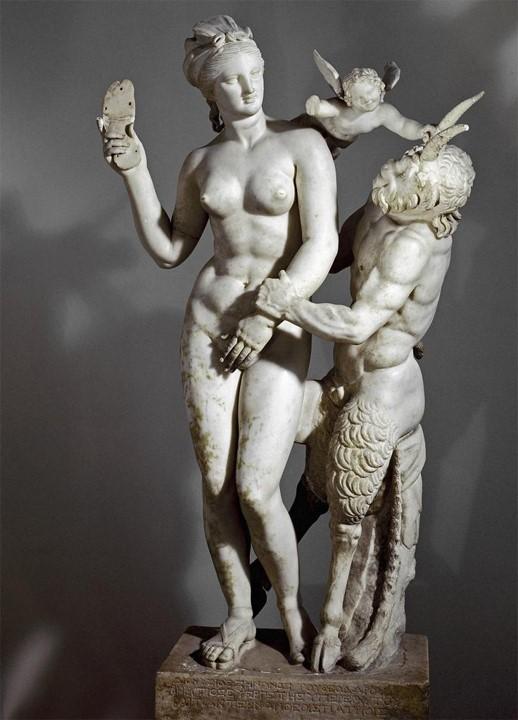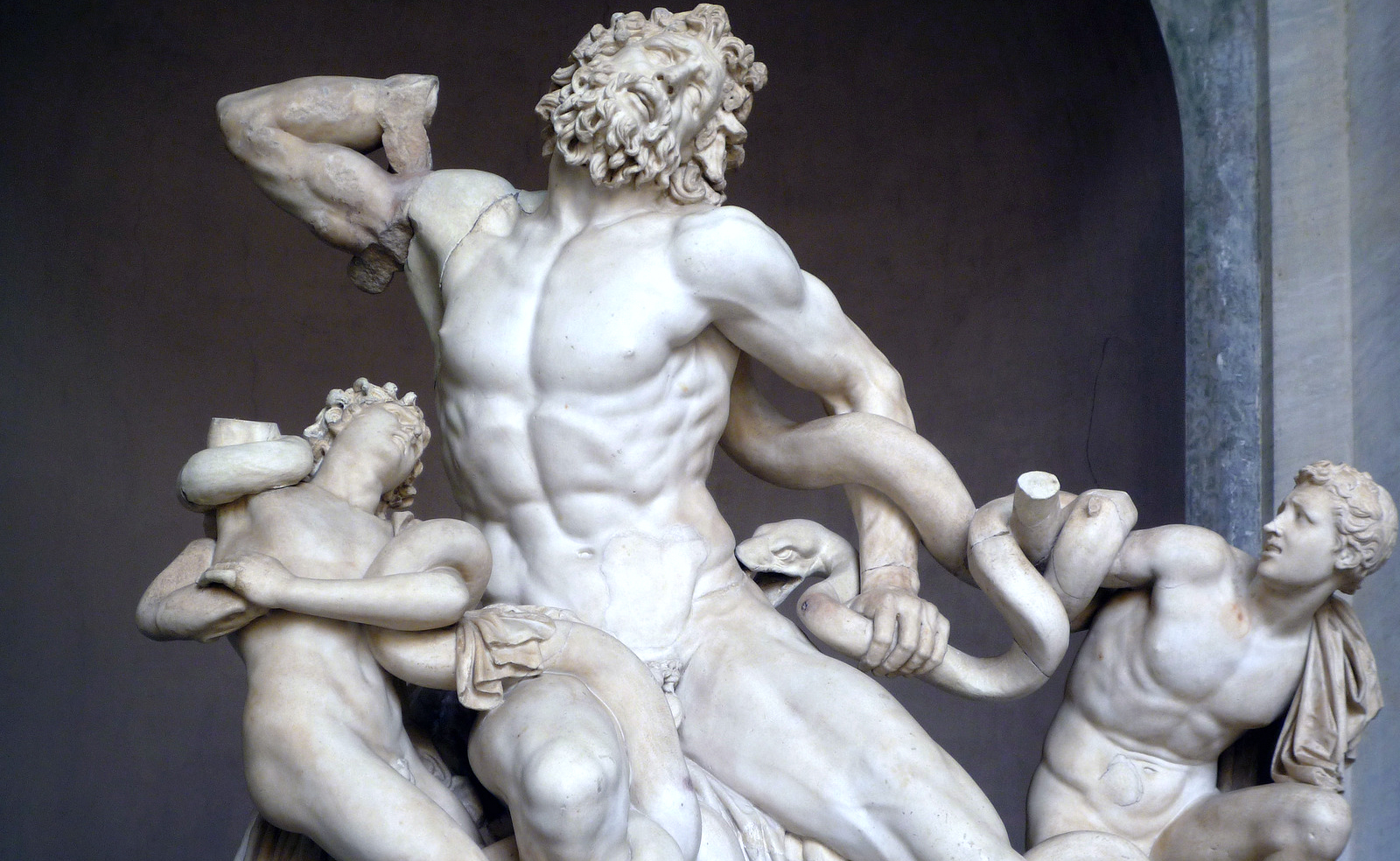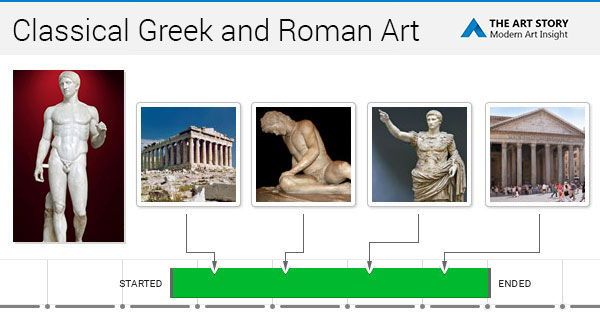Characterized by order balance and harmony. In conclusion the difference between greek and roman art is revealed in a comparison of the sculpture created by each culture.

Art History Midterm Flashcards Chegg Com
Start studying Art 42 - Art Appreciation.
. 3 points QUESTION 25 1. Great transition from archaic to a more naturalistic and classical style in just 10 years shown in the dying warriors. Classical Greek art and architecture.
Indeed John Boardman describes the work of Polyclitus Fig 2 a sculptor who canonized the male athletic body in classical period art as ideally realistic Boardman 157. Why did ancient Roman artists like making copies of classical Greek sculptors. Learn vocabulary terms and more with flashcards games and other study tools.
In the fallen warrior greece and the dying gaul roman copy both clearly represent a. Geometric and Orientalizing periods- vase painting. The human form was a common subject of Classical art and was always presented as a generalized and idealistic figure with no emotionality.
See full answer below. Classical Greek sculptors were more imaginative because the Enlightenment released them from the dogma of the pharoahs. The classical period characterized modifications in both the function and the style of the sculpture.
The Greeks and Romans both represented gods and rulers in the form of statues a combination of religious and political influence. Played a major role in the daily lives of the people of ancient Greece. The sculptures were generally polychrome except for works made in bronze.
The only materials available to the Egyptian sculptors were stones that had a very. The Classicism definition of art and architecture from the Greco-Roman eras emphasizes the qualities of balance harmony idealization and sense of proportion. Rigid and pale figures that move slightly.
Tecture the most material art form was a paradigm of Symbolic art just as sculpture was of classical art. Naturalistic evolution is compatible with both atheism and compatible with the idea of a God that can set in motion self-sufficient processes that work without any need for ongoing intervention. Can be seen on the Temple of Athena Nike built on the Acropolis between 427 and 424 BCE.
Painting music and poetry the character-istic Romantic art forms completed a hierarchy which moved toward the least material art that in which words were the medium. The first Christian. The sculpture of the Italian Renaissance comprises the approximate period between the late fourteenth and the early sixteenth century when Italian sculpture expressed a reaction against the aesthetic principles of Gothic and assimilating the influence of classical antiquity art humanism and rationalism developed a style that merged naturalistic and other idealistic elements into.
Idealistic figures and perfect proportions that demonstrate movement and harmony. The scientific skill of Greek sculptors in showing. Classical sculpture was both naturalistic and idealistic.
The Romans took many elements from Greek art but brought a more naturalistic and ostentatious style. Classical greek sculptures became increasingly naturalistic and began to show the body as alive and capable of movement while maintaining an interest in portraying the ideal human anatomy Greek Architecture. Beautiful natural looking images of men and idealized images of Gods.
A similar conflation can be found in the medium of classical sculpture which is both naturalistic and idealistic. Humanism naturalism and idealism are reflected. Question 2 The classical style of Greek art would be best described as.
Classical art that emphasized rational simplicity order and restrained emotion. Ancient Greek sculpture is idealistic in that is often depicted the human form in a way that the Greeks believed was most beautiful. Indeed much art we think of as greek is actually a.
Art imitated the art of greeks but used a more naturalistic approach. Classical Greek sculpture is both naturalistic and idealistic. The origin of sculpture in Greek and Roman art can almost be divided into distinct categories- classical and idealistic vs naturalistic and emotional sculpture work.
Classical Greek figures appear more relaxed than the rigid formal Egyptian and early Greek sculptural poses because _____. Were developed in the late fifth century BCE. Art that was both Naturalistic and idealistic.
One other aspect of Hegels aesthetics will be germane to our. Temples and other public buildings. Poses seemed more naturalistic as shown by the Polykleitos of Diadumenos sculpture.
Swirly rhythmic patterns and animals that are naturalistic in style. Where Greek statues and sculptures depict calm ideal figures in the nude Roman sculpture is highly decorative and more concerned with realistic depictions of individualsThe Romans took many elements from Greek art but brought a more naturalistic. A Broad Overview of the Classical Aesthetic.
Terms in this set 40 True.

Roman Sculpture World History Encyclopedia

The Story Of Art Symbolism Idealism And Realism Carolyn Anderson Blog

Introduction To Ancient Greek Art Article Khan Academy

Classical Greek Sculpture Is Both Naturalistic And Idealistic True Or False Study Com

Form And Reality The Classical Greek Balance Of The Ideal And The Natural Disrecognized Space


0 comments
Post a Comment